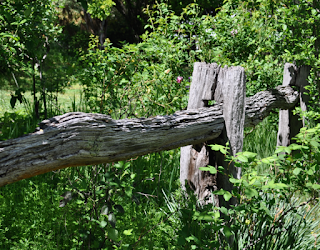We can be kind to others and help them when the need arises,
we can be kind to the planet by looking after it, and we need to remember to be
kind to ourselves through acts of self-care.
I have found a number of useful resources to inspire us to
engage in acts of kindness, and these are outlined below.
An International Network: Bucket Fillers
Bucket Fillers is based on the idea that “we all carry an
invisible bucket in which we keep good thoughts and feelings. When buckets are
full, we are happy. When they are empty we are sad.” We can fill our own
buckets by doing kind things for others and helping them to feel good. Others can
also fill our buckets by doing the same things to us. However buckets can be
depleted or “dipped” by doing or saying hurtful things to others, or having
others do hurtful things to us.
There are many good resources on this website, including
story books and work sheets and, although most are aimed at children, there is
a simple universal message for all ages.
The Bucket Fillers Website can be found here:
An Australian Network: Australian Kindness Movement
This website is aimed more at adults and contains an
abundance of ideas and stories about acts of kindness. It also organises an Act
of Kindness Day on 6th November each year, and 16 Days of Kindness
around this day.
The Australian Kindness Movement Website is:
A children’s book: Because Amelia Smiled
I love this book by David Ezra Stein. It has colourful sketchy
illustrations and outlines the ripple effect of Amelia smiling as she walks
down the street, inspiring her neighbour to bake cookies for her grandson in
Mexico, who shared them with his class and taught them a song about cookies ... which then inspired one of the students to make a video … which was then seen
by a ballet club in England, who added some new moves to their goodwill recital
in Israel, inspiring a 4 yr old to dance for his baby brother, who then slept
thought the night … and so it continues.
More information about this book can be found here:
https://www.booktopia.com.au/search.ep?keywords=because+amelia+smiled&productType=917504Two books full of ideas: Snail Mail and Care Packages
Michelle Mackintosh is the author of both of these
beautifully presented books. Snail Mail
encourages us to bring back hand written communication and gives many examples
of kinds of letters to write, but also instructions on how to make paper,
envelopes, and handcrafted stationary. She advocates for a slow communication
revolution.
In her follow up book Care
Packages, she inspires us with ideas and instructions for making beautiful
and thoughtful packages for a variety of situations and occasions.
More information on Snail Mail can be found here:
And information on Care Packages here:













